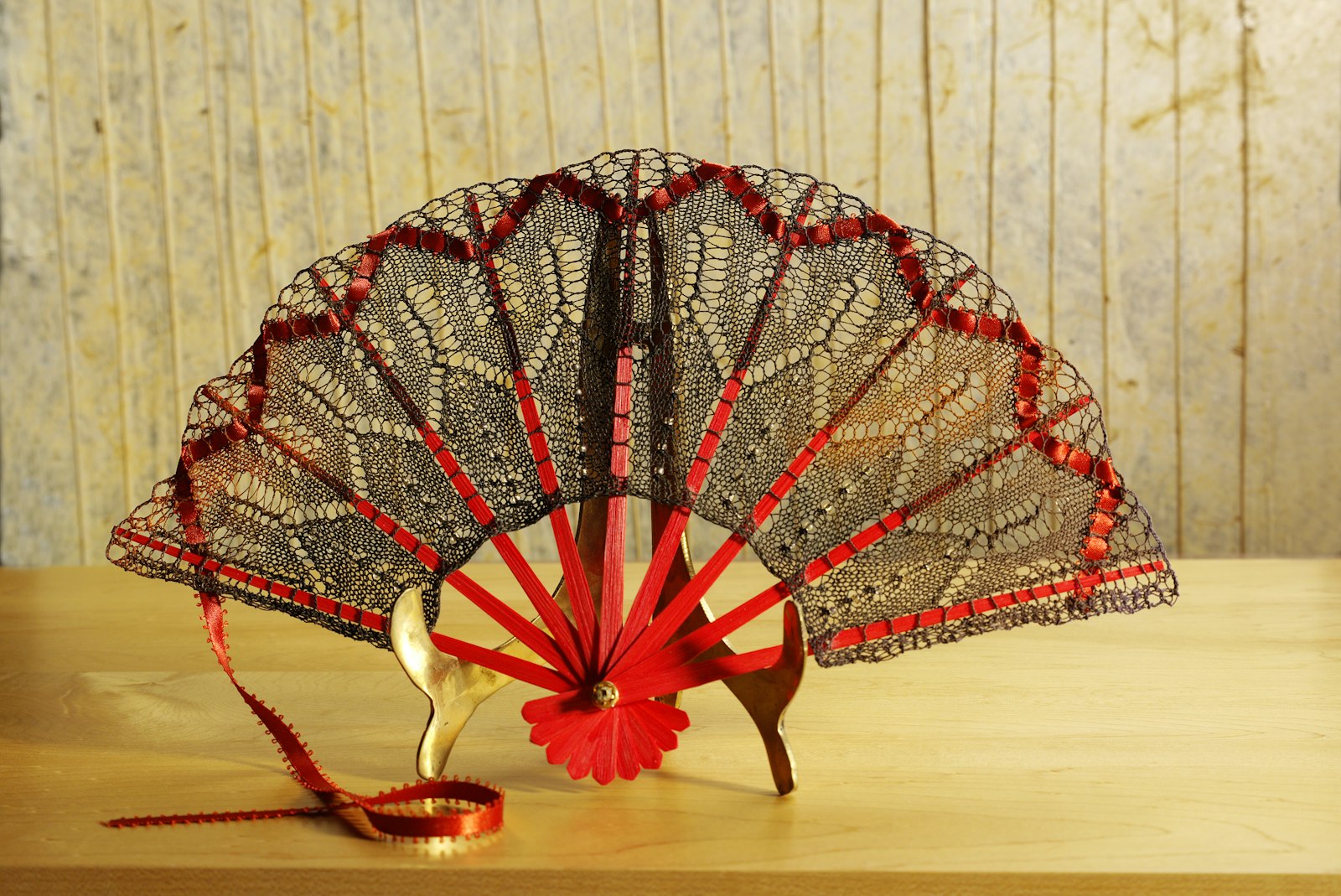Lace is a most peculiar material. It certainly is nonessential but almost never nonfunctional. The lacemaking was only the beginning for each piece. There were organized lacemaking schools and industries to produce the lace. Studying the lives of lace after it has embarked into the world, however, is far more interesting. It requires that we think of the lace in context, contemplating how it continued to fit into ever-changing society and how it reflects past fashions, tastes, and times.
When I first began to study lace in the 1970s, most articles I read started with the quaint premise that there were two categories of lace: collector’s lace, the vaunted treasures of past royalty, and market lace, the lesser stuff to be used, worn, and recycled. But I soon discovered the absurdity of that notion. Where was the boundary? Who and what would determine which was which?
Alençon needle lace. Collection of the author. Photos by Joe Coca.
Lace can be very durable and can last for centuries. What does it in most often is not that the lace disintegrates, but that the object it is made into goes out of fashion. If good fortune reigns, a piece will be reused without destructive cutting. A century after it was made, Napoleon’s Alençon lace bedspread was offered for sale as a wedding veil. Uncut, it survives today in a museum, but hasn’t seen the light of day for three decades.
What should be saved forever as-is and what should continue to be circulated, visible and inspiring, may be argued forever. Pieces safe in museums one decade will be deaccessioned and back on the market in another. Recycling of lace is an inevitable fact of life.
Off-the shoulder collar known as a "berthe." Milanese bobbin lace. Nineteenth century. Collection of the author.
We cannot judge motives of those who recycled lace in the past. We cannot know the condition of the vintage lace when the remodeling took place. Perhaps a corner of the handkerchief got caught and was badly torn; saving the rest as a collar was a good thing. Perhaps not. We can only study and learn from the triumphs and mistakes we see. Lace will outlive us and our fashions and follies. Laces that pass through our hands and our lives can, if we are thoughtful and careful, move on to grace other lives in as good or better shape than before.
Adapted with permission from The Many Lives of Old Lace (Whiting, Indiana: The Lace Merchant, 2006).
Elizabeth Kurella is the author of numerous books on lace and the owner of The Lace Merchant, Whiting, Indiana.
Want to learn more about lace? Find this and other great articles and projects in PieceWork’s May/June 2008 issue.



